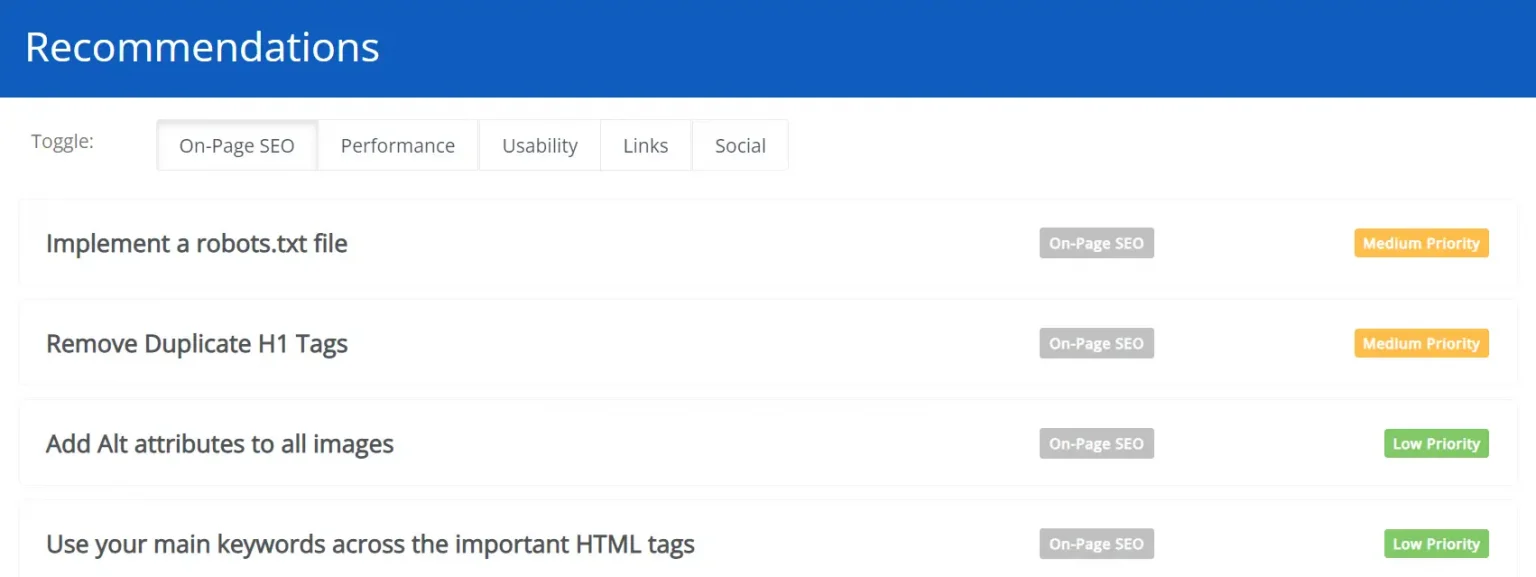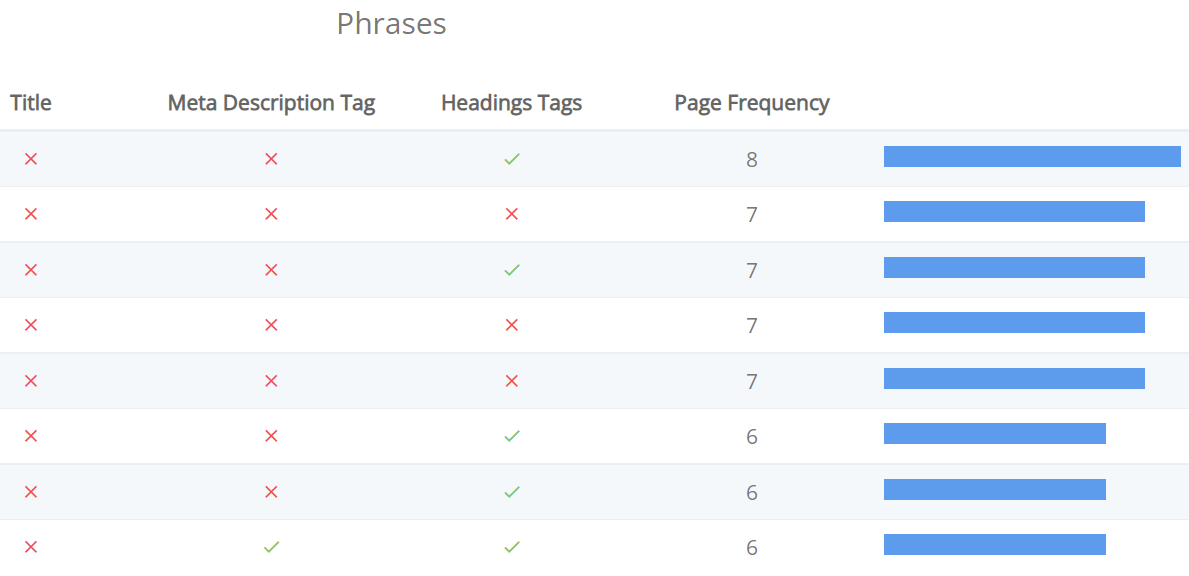- Home
-
Hosting
Applications Hosting
- VPS
-
Domain
Also Need Web Hosting?
- CPanel World's Best Control Panel
- 99% Uptime Guarantee
- 30-Day Money-Back Guarantee
- Free SSL Certificate Included
- VPN
- CRM
-
Services
- Company
- Appointment
- Client Area
We will give you a true assessment of your website totally free of charge
Our SEO Analysis tool is industry-leading and provides you with an easy-to-read SEO Report. This report grades your website using a range of important factors such as on-page SEO optimization, off-page backlinks, social, performance, security and more. The overall grade is on a scale from A+ to F-, with most major industry-leading websites in the A range. Improving a website’s grade ensures a better website experience for your users and improved ranking and visibility by search engines.


Here at Agile Tech Solutions, we understand not everybody knows the ins and outs of SEO, which is why we have assembled this breakdown of our SEO analysis tools process, as well as a glossary of terms you may see on your SEO analysis report. Familiarize yourself with this information in order to maximize the helpfulness of our industry-leading analysis tool.

On-Page SEO is important to ensure search engines can understand your content appropriately and help it rank for relevant keywords. You should ensure that HTML Tag Content is completed correctly and align text content to target keywords.
Our SEO Analysis tool examines multiple different factors that contribute to your On-Page SEO grading. For example, the tool makes sure there are consistent keywords being used throughout the website to drive as much traffic as possible to your website and assist in your ranking on Google. Image alt tags are also an important factor to help your page’s SEO. Image alt tags originally were introduced as an accessibility feature for blind individuals to help them navigate the internet, and now are extremely important for your website’s ranking.

You may have images on your page that are missing Alt attributes. Alt attributes are an often overlooked and simple way to signal to search engines what an image is about, and help it rank in image search results. Including your target keywords in alt attributes is important!


search engines use backlinks as a strong indicator of a page’s authority, relevance and ranking potential. There are various strategies available to gain links to a page to improve this factor.

Usability is important to maximize your available audience and minimize user bounce rates (which can indirectly affect your search engine rankings). Having a website that is mobile-friendly is one major step you can take to have a higher usability grade when you use our SEO analysis tool. Expanding on that, specifying a viewport that will identify the device viewing the size of your site and adjusting the page’s required dimensions is also extremely important for a seamless user experience.
From Google score web vitals to iFrames, and even email privacy, our SEO analysis tool examines every aspect of the usability experience to check if your site is operating at its best. Use our tool today and take steps to improve your website.
iFrames are discouraged as they can complicate navigation of the content on mobile and have historically been harder to index for search engines. There are particular coding libraries however such as Google Tag Manager that require iFrames as part of their functionality.




5. Social Results